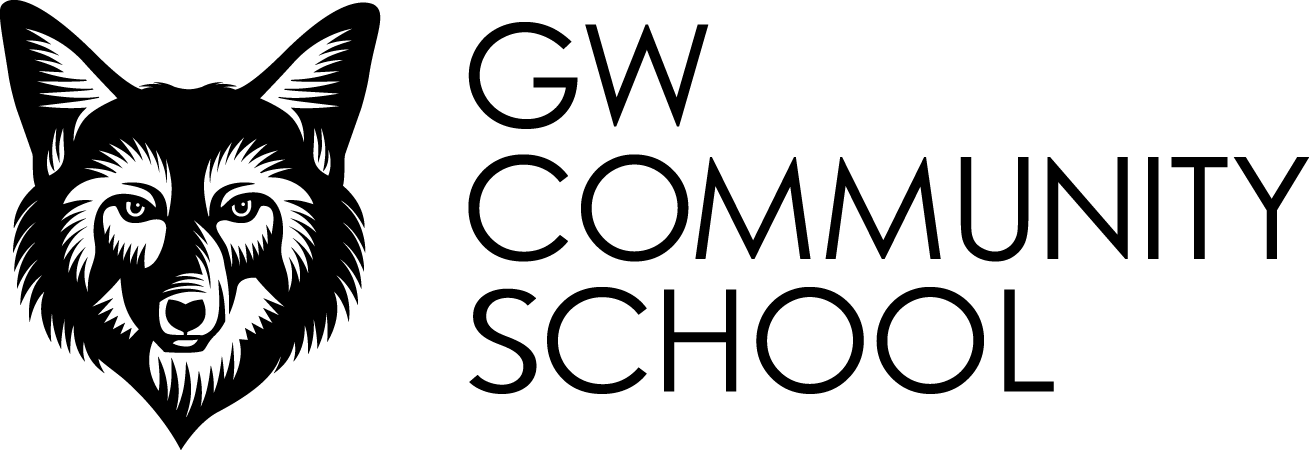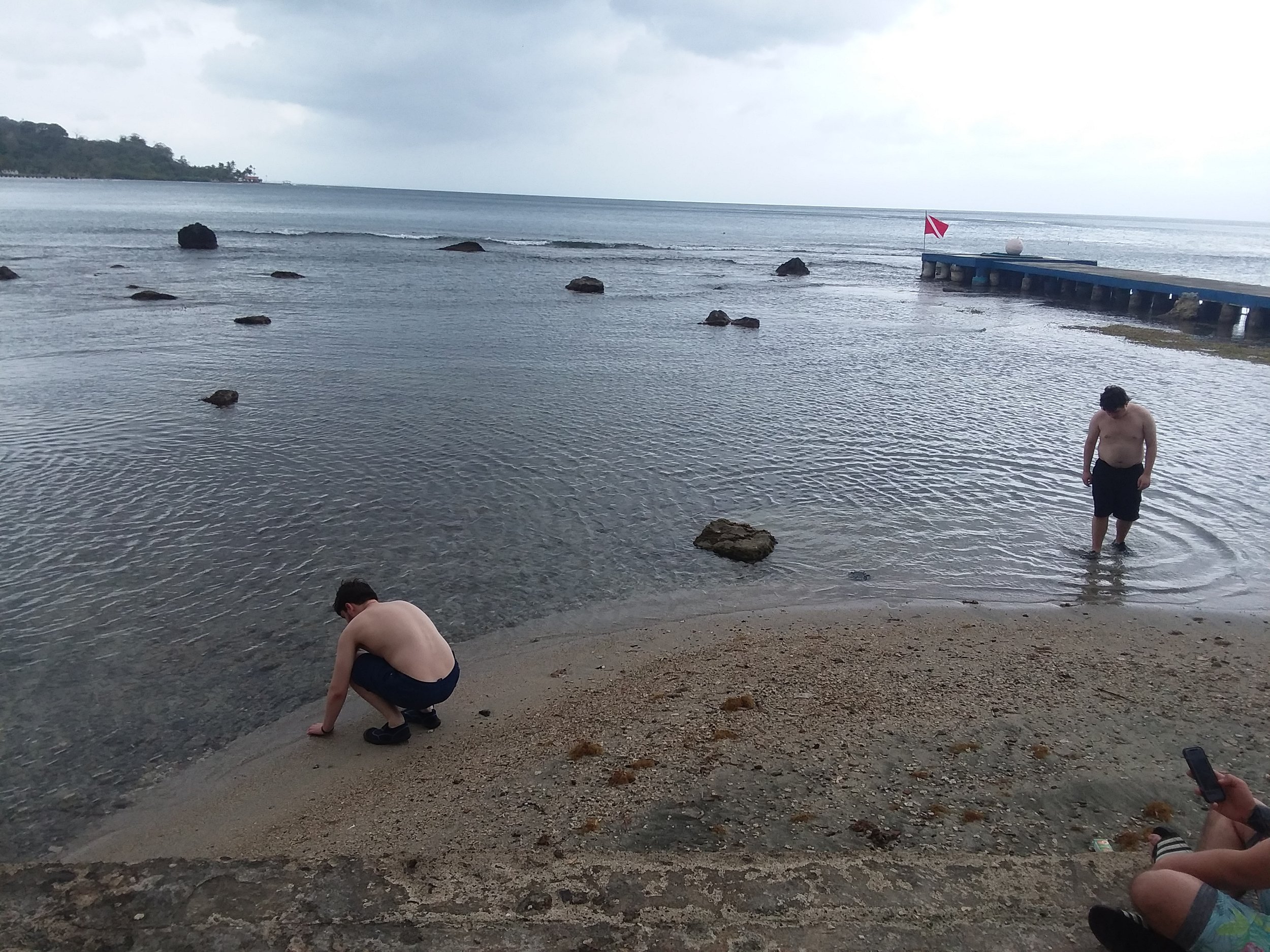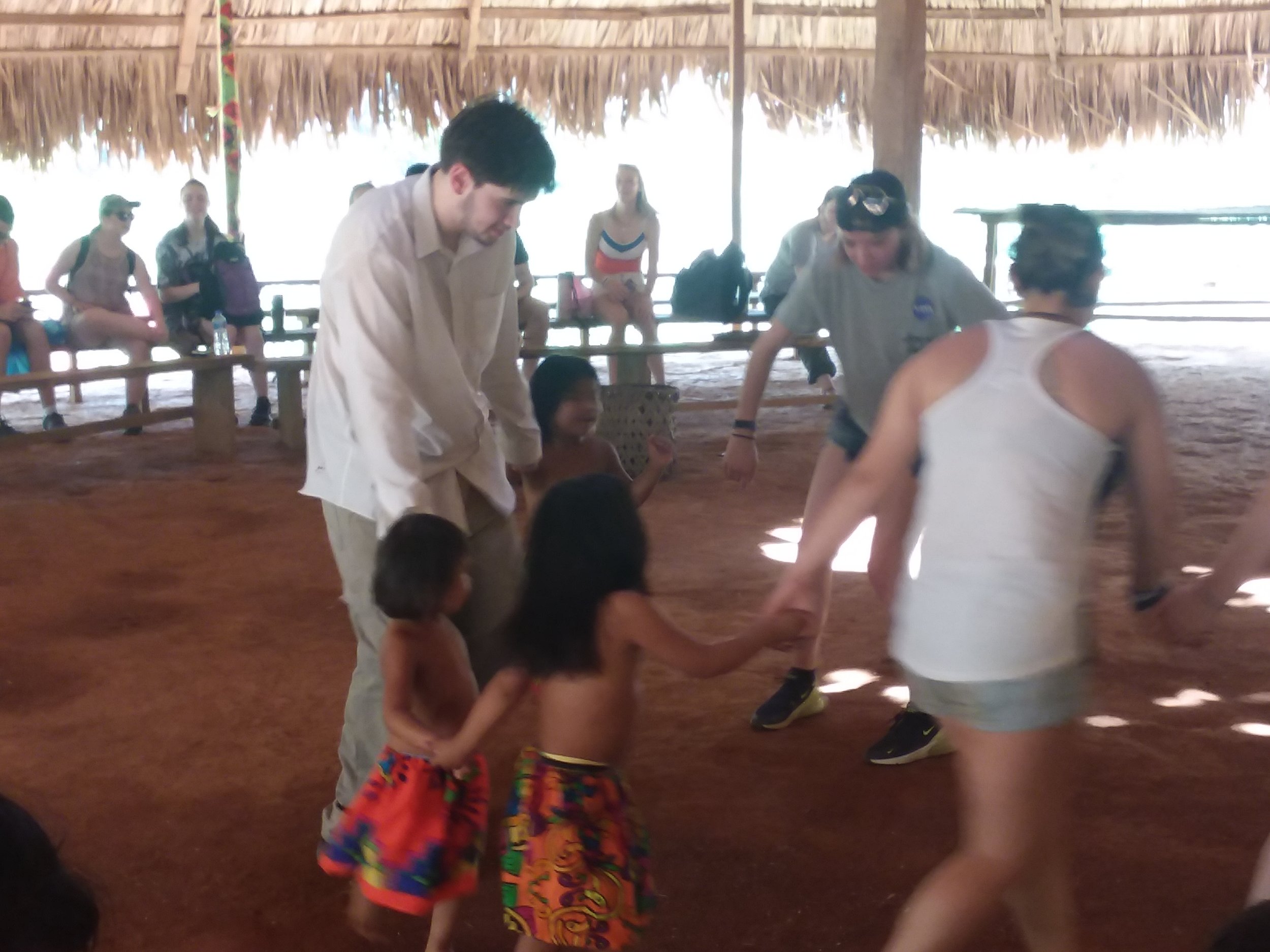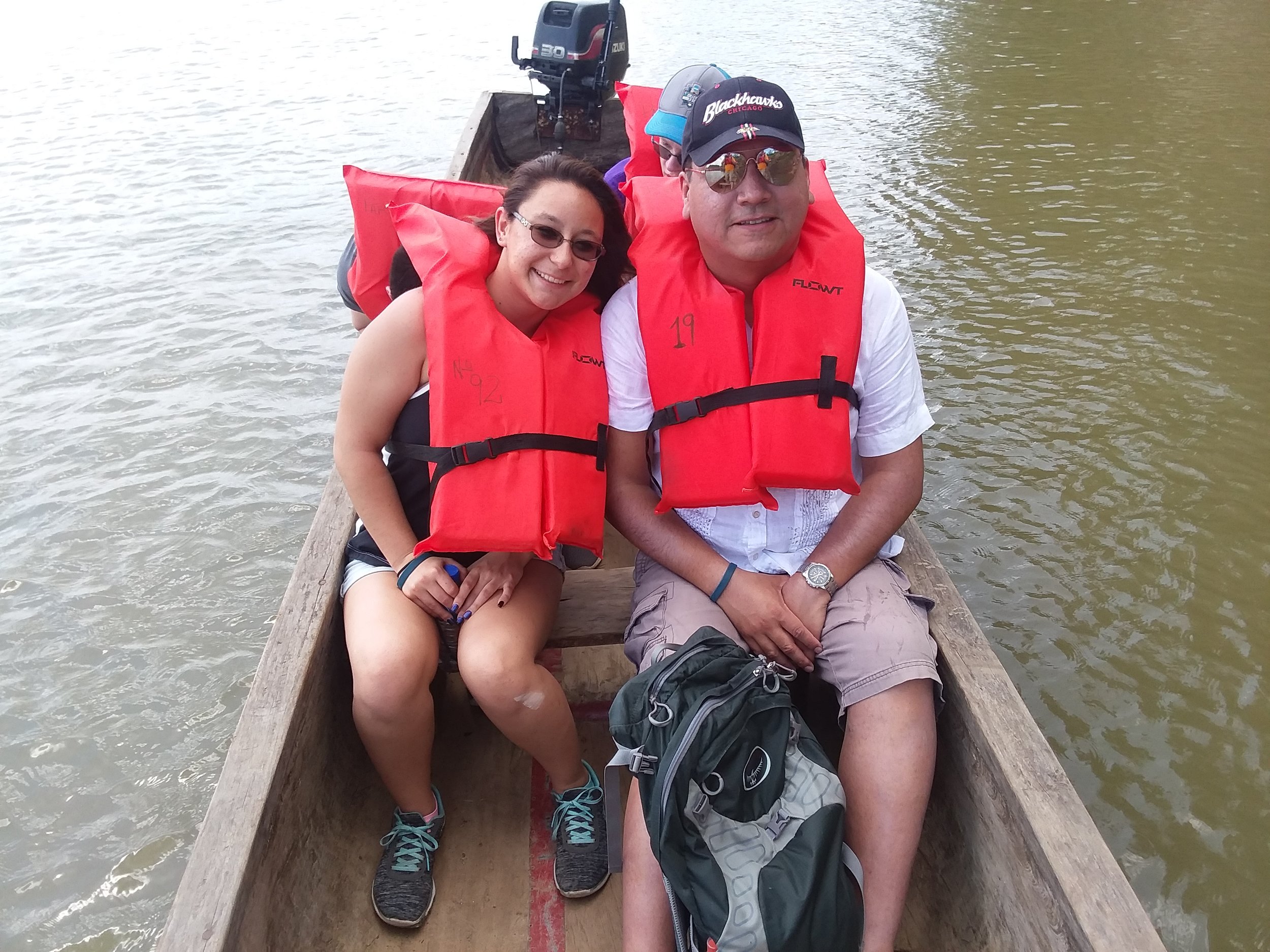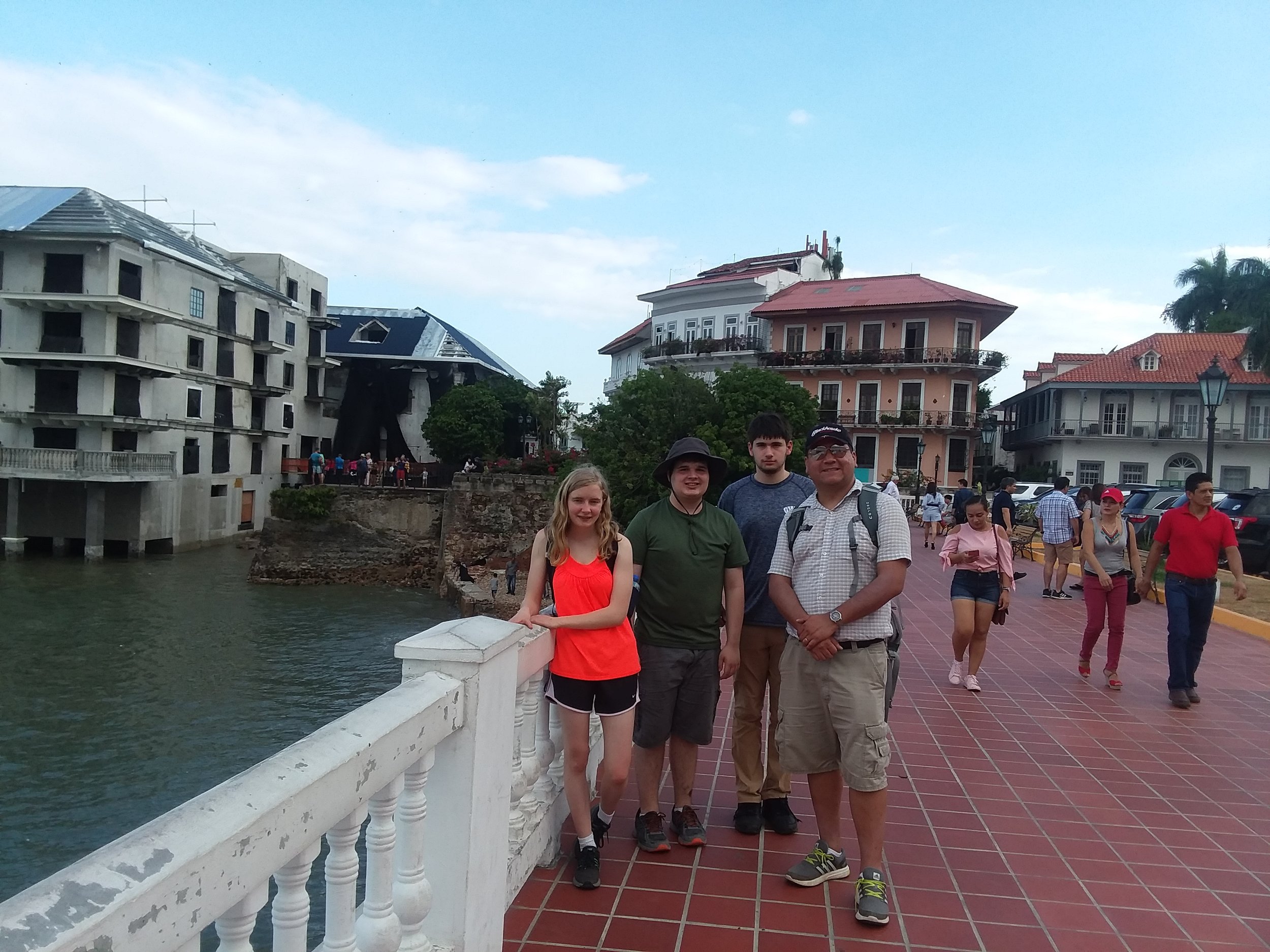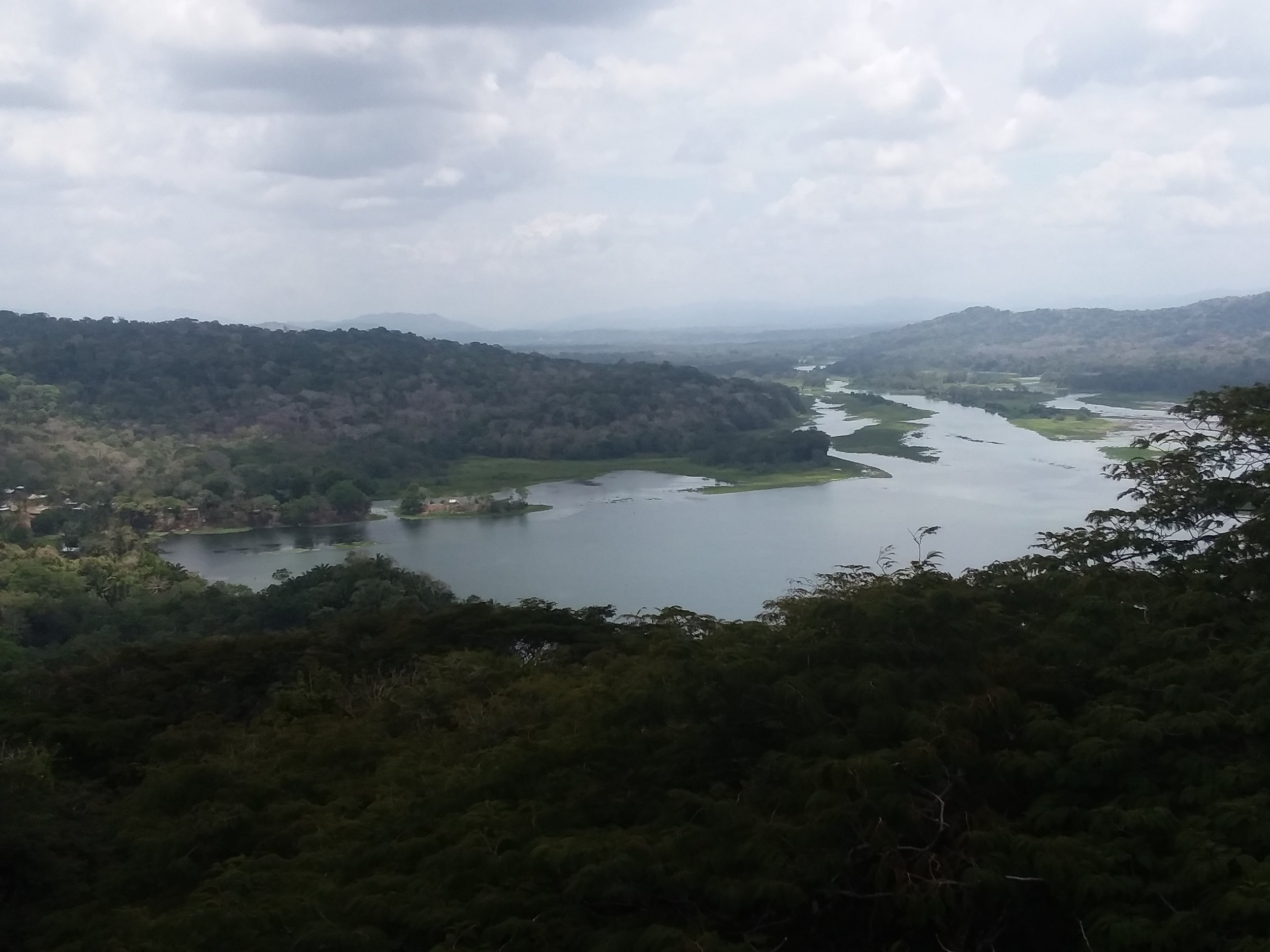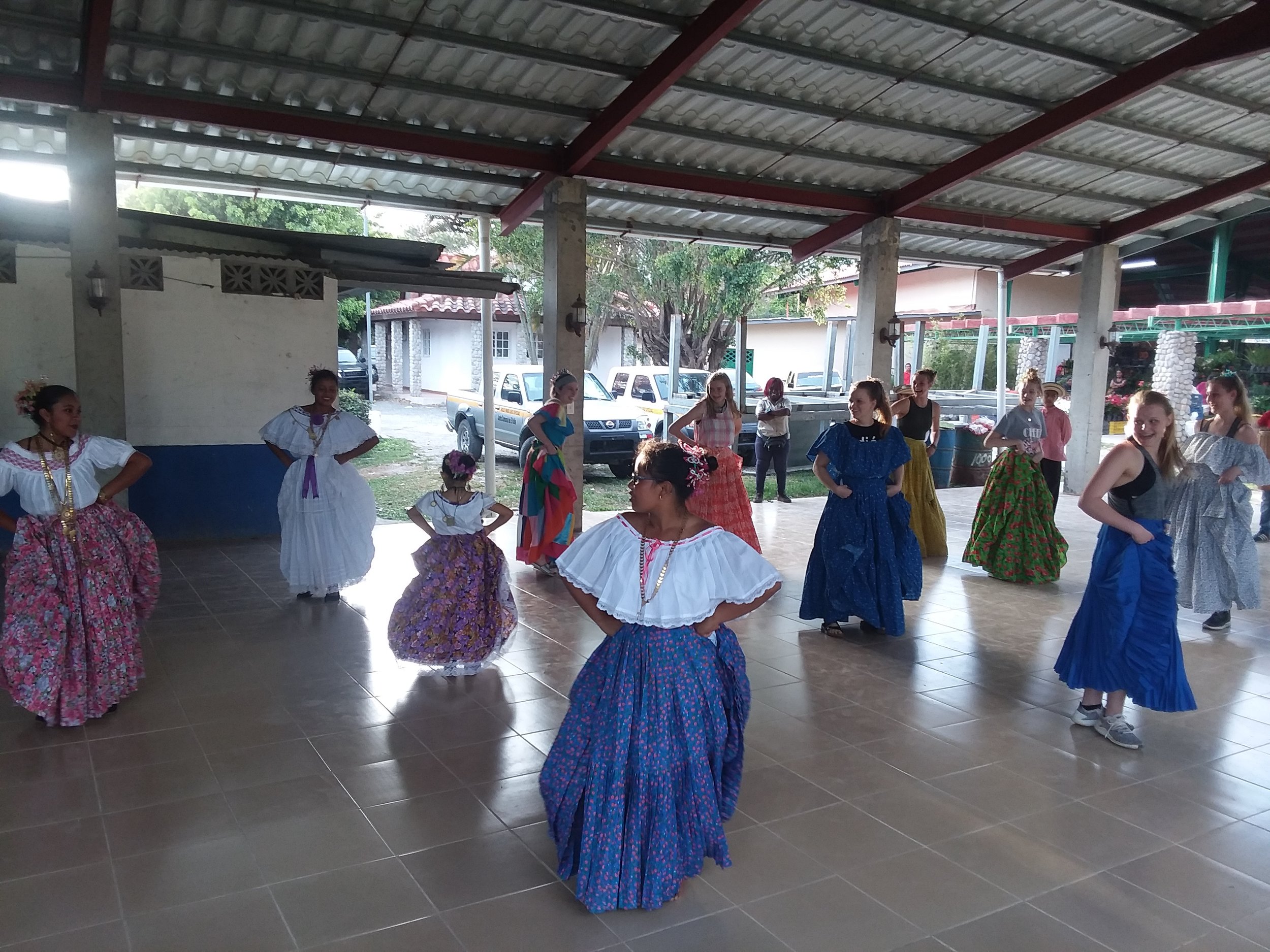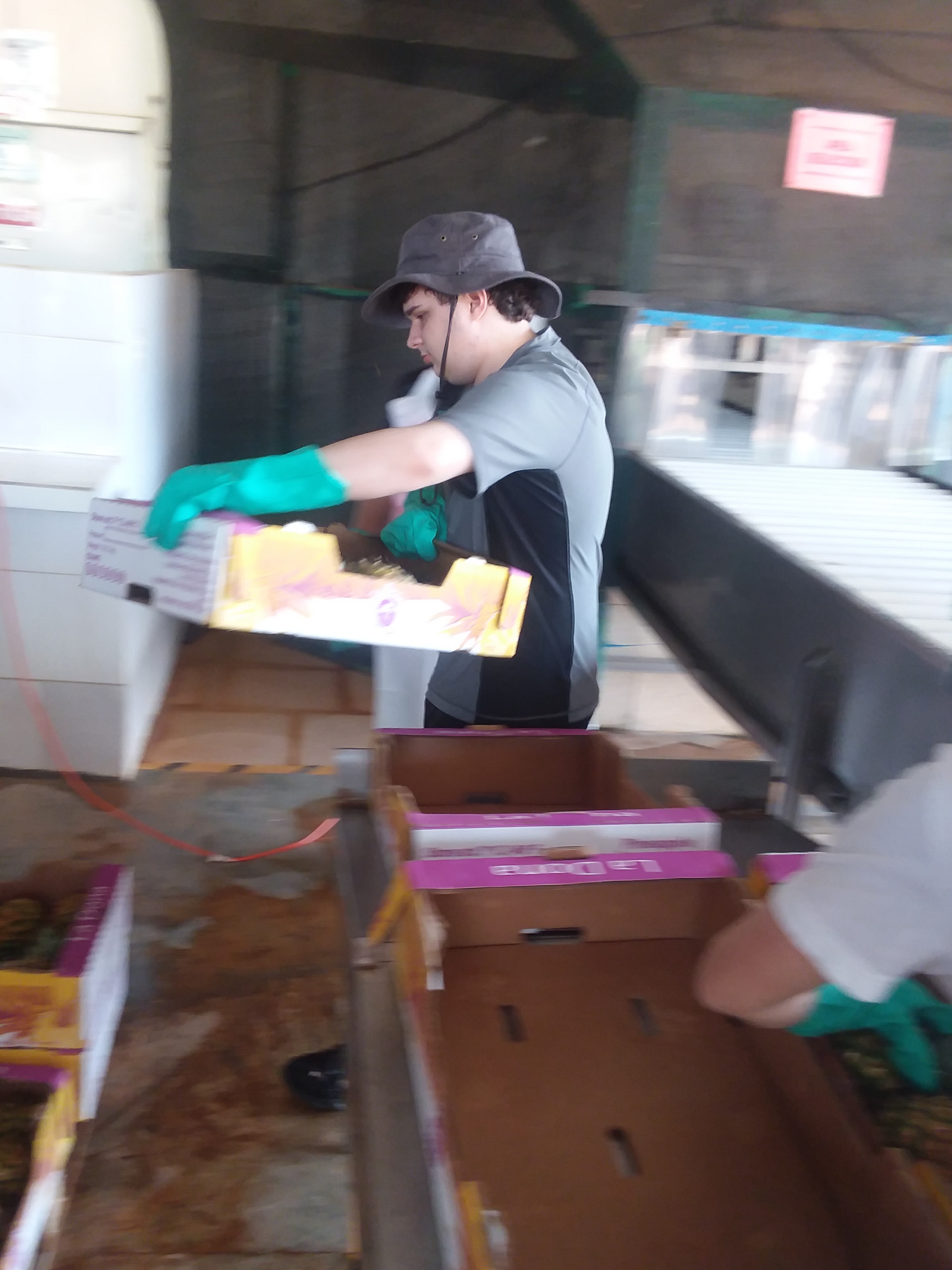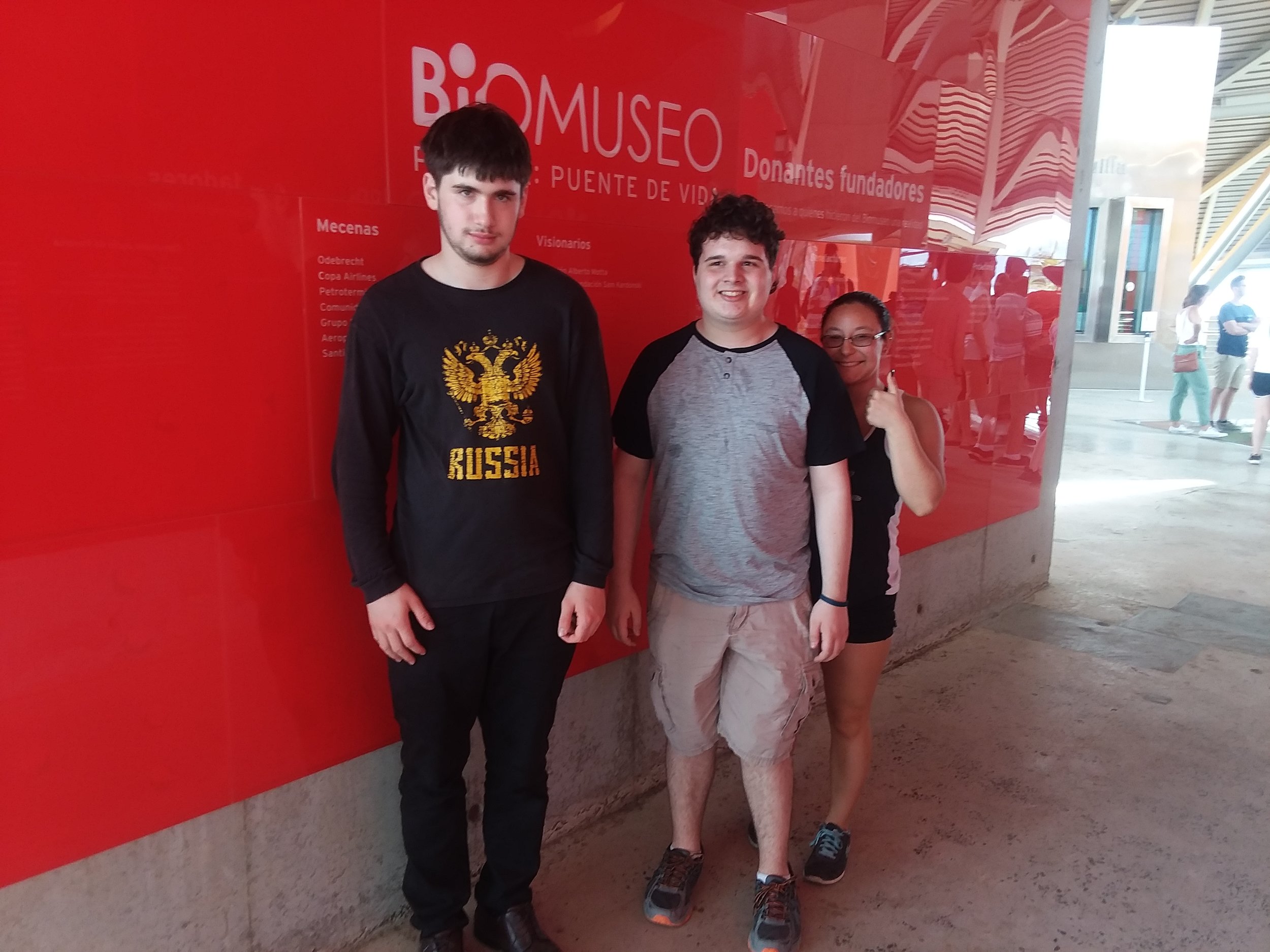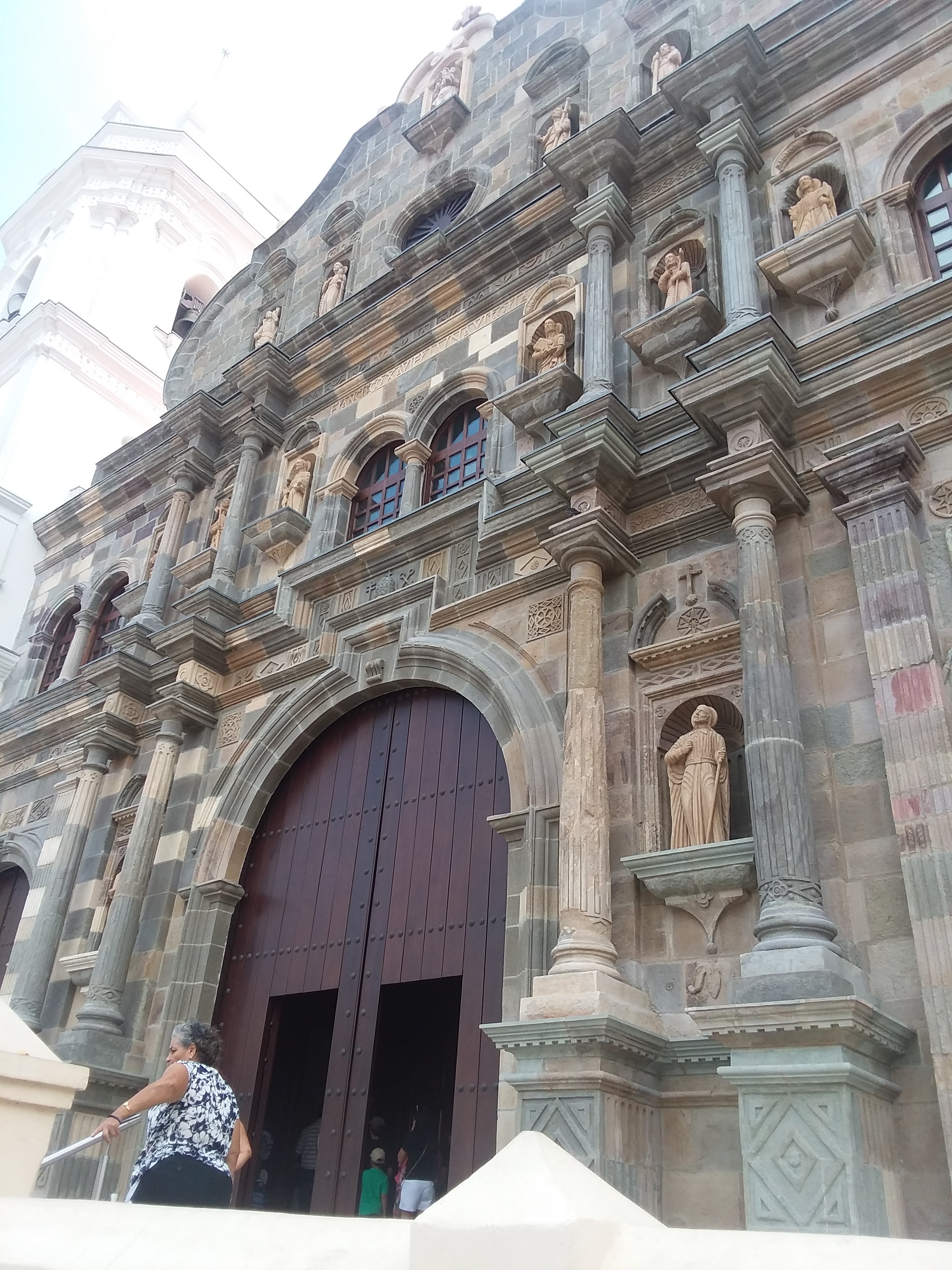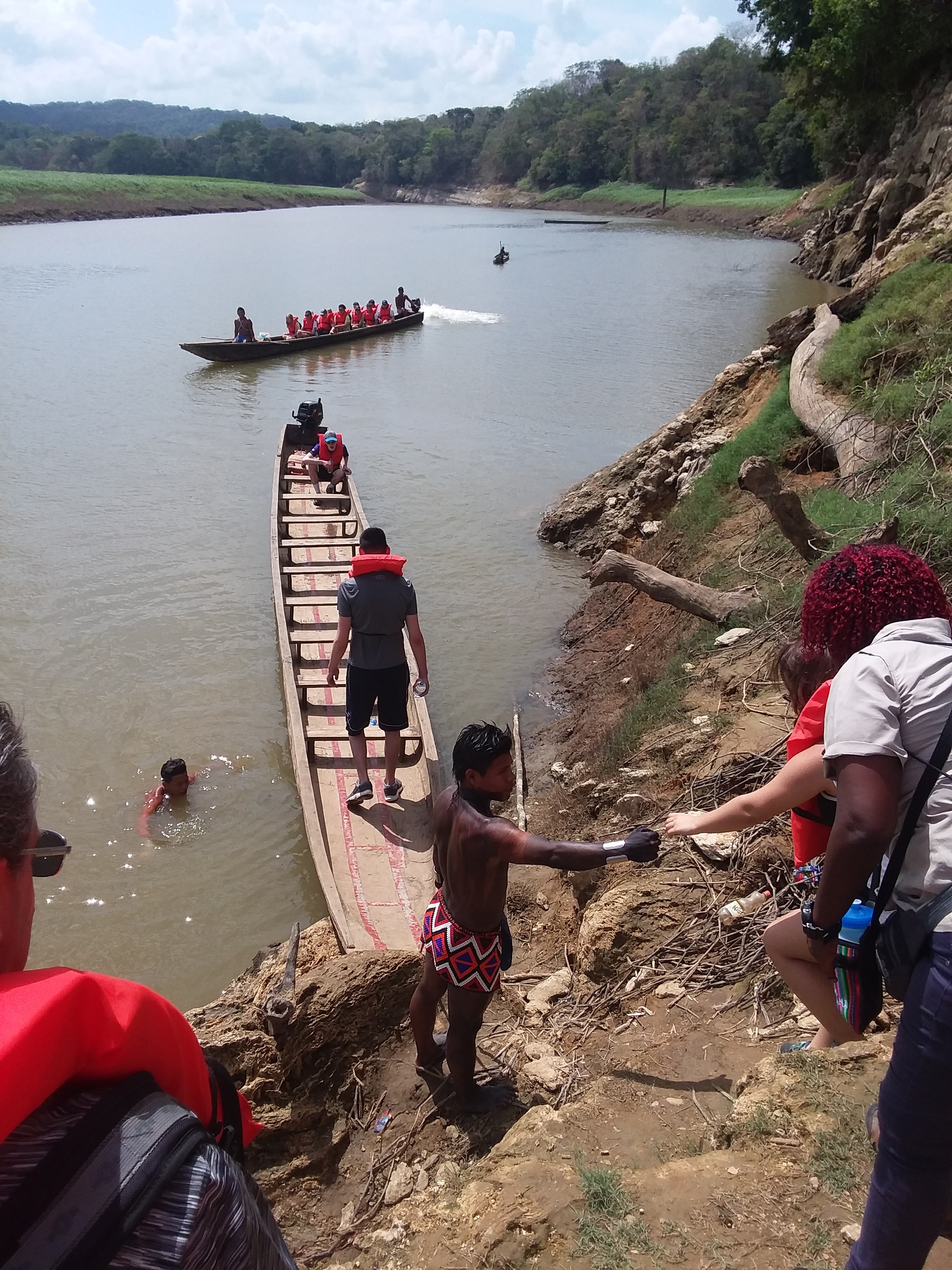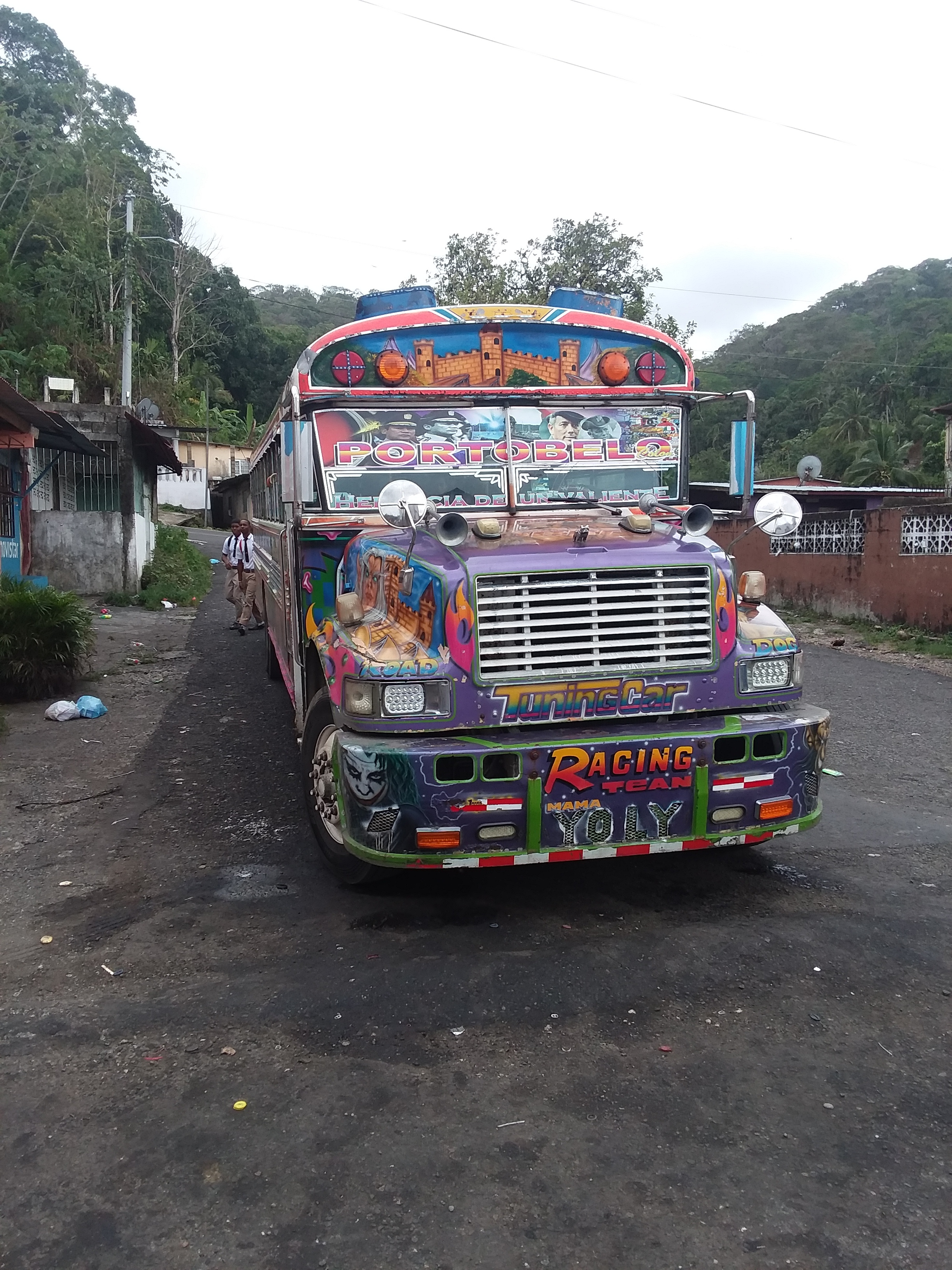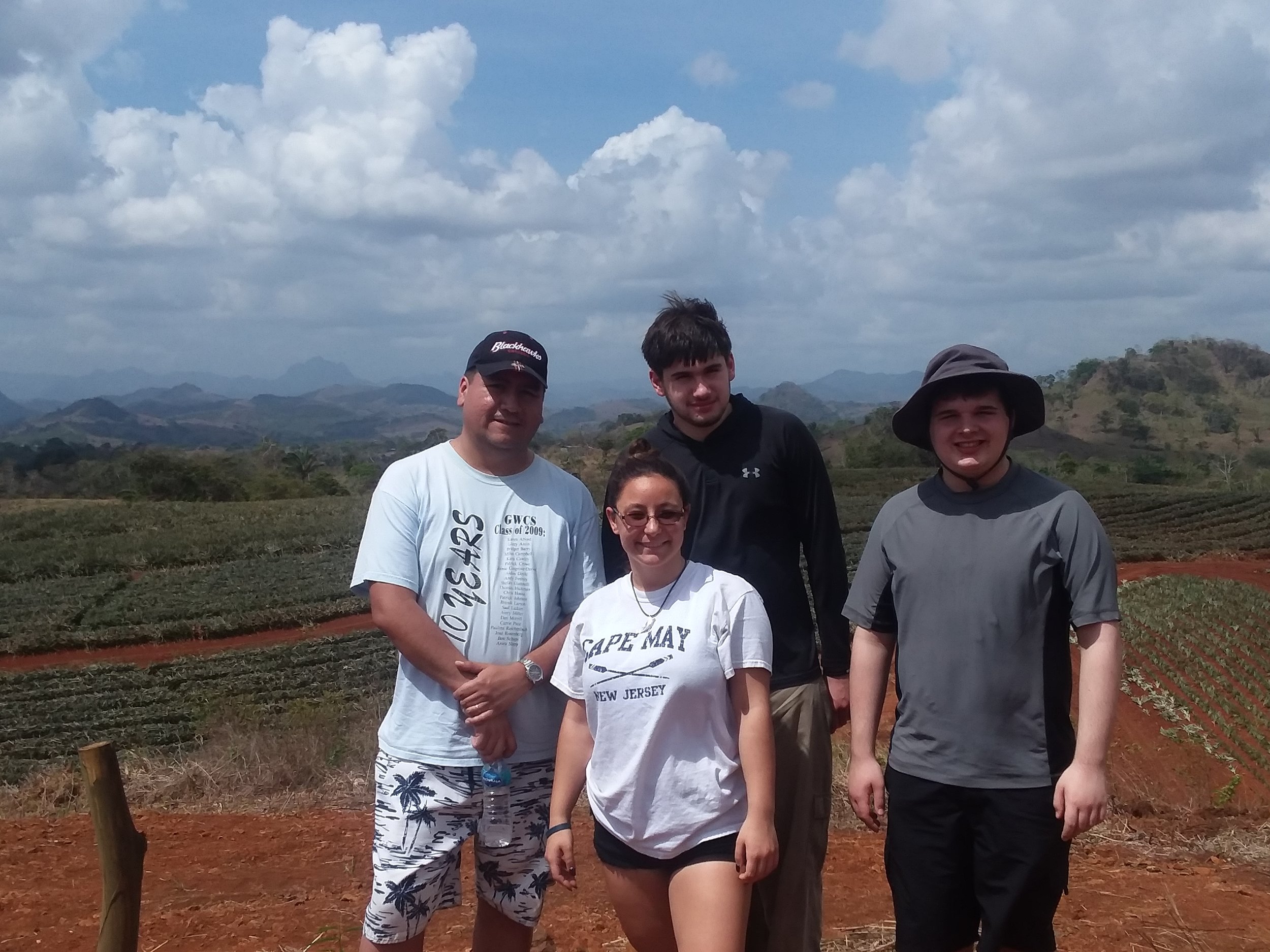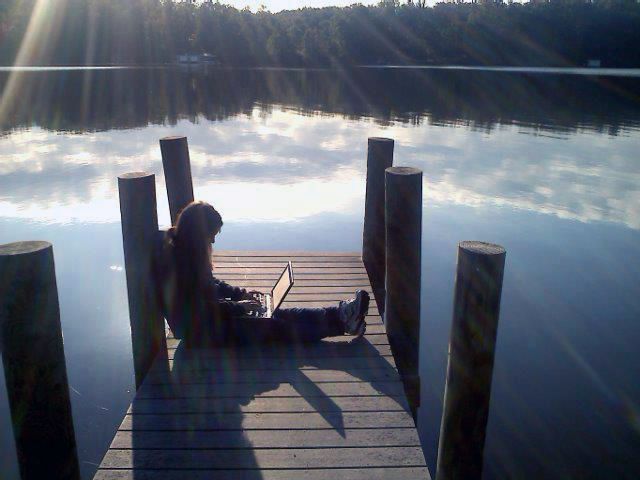Each year, GWCS organizes an optional international educational tour to visit places we’ve learned about in school. Immersing our students in new cultures – surrounded by the people, the language, the food, and the way of life - creates inspirational moments that can’t be listed in an itinerary, they can only be experienced. Our students come home as citizens of a global community with a greater understanding of their part in the world.
Over Spring Break 2019, we decided to go to Panama. The Panama Canal, completed in 1914, revolutionized international trade by bridging the Atlantic and Pacific oceans and connecting the Americas. But there is a great deal more to this nation than just the Canal as we soon discovered on our expedition. Our week-long tour was full of meaningful, educational, and thoroughly enjoyable experiences that helped us to better appreciate this isthmus nation and undoubtedly ranked as one of the best weeks ever for everyone who participated.
Starting with a direct flight, getting there was easy and stress-free. We landed in the early afternoon and made our way through the city to check out where we would be staying. Our hotel was located in the heart of Panama City and was surrounded by impressive skyscrapers.
The following day, led by our fantastic guide, we took a tour of Panama City and visited the city’s historic district, which dates back to 1519 when Panama Viejo, or Old Panama, was the first Spanish city founded on the Pacific Coast of the Americas. Governor Juan Perez de Guzman set the city on fire before pirate Henry Morgan could attack and loot it. Remnants are now part of the UNESCO World Heritage Site along with Casco Viejo, which was built on the rubble in the 17th century. For us, it was history turning into Modern day all in the same skyline. It really felt like we were time traveling.
Some of the highlights of the days that followed included:
Visiting a pineapple farm where we learned about the production of pineapples, as well as the process for packing them. It was here that we tasted the sweetest pineapple ever. We had a lot of fun learning about and using an instrument which rates the sweetness of each pineapple on a scale between 1-20. Guess which number was the most common? (Answer: 18!)
Touring the Panama Canal where we visited the Canal Administration Building and the Miraflores locks, and got an in-depth look at one of the most influential engineering projects ever undertaken, and one of the seven manmade wonders of the modern world.
Going on a snorkeling adventure where we enjoyed a paradise-like beach and the warm water of the tropics.
Visiting the city of Portobelo and the ruins of the site of an old Spanish fort.
Engaging in a pre-arranged cultural exchange with the inhabitants of an indigenous Embera village. After canoeing to get there, we learned about the culture and customs of the Embera and saw their village of the banks of Lake Alajuela in Chagres National Park. One the most colorful cultures in Panama, the Embera tribe shared a delicious meal of freshly cooked fish with us, and showed us their traditional dances and music as well as their knowledge of local plants. Our students had a great time learning from these natives, and even ended up playing soccer with the villagers.
As a group, we stepped pretty far outside of our comfort zones multiple times over the week, whether trying news foods that we were unfamiliar with, using Spanish to communicate every day, or entering the remote world of the Emberea for an afternoon. Although this felt unsettling at first, this enabled us to go beyond being mere tourists and helped us get the most out of our Panama experience.
As the week progressed, it became clear that, while this was technically an educational tour, it afforded opportunities for learning that were much different than sitting in a classroom and listening to lectures. This learning was hands-on and rewarding.
When we rode a cable car through the rain forest, took boat rides, visited the Biomuseo, and went snorkeling, students were able to recognize multiple concepts they had learned in biology.
When we visited the Panama Canal and Panama Viejo, students were able to recognize multiple concepts from past history classes. It was cool to be able to connect things straight out of textbooks to real life happening right before your eyes.
We couldn’t put a price on all of the experiences we had: snorkeling in the Caribbean, dancing with local children, walking to a waterfall, drinking delicious fruit juices in hammocks, taking a boat ride on Gatun lake, and seeing crocodiles, sloths, and monkeys in their own habitats, every single day was spent so well. Plus, our hotel was very nice, and when we had free time the pool was really fun. Everlasting memories of people and places. So if the experience of traveling is food for the soul, in Panama we had a huge banquet!!
Hasta pronto Panama! We hope we will be able to say again soon, as they do there, “¿íQue sopa!?” (“What’s up!?)
We hope you will join us on the next GWCS Spring Break adventure!
GW Community School
Spring Break Trip
Panama
Mr. Alejandro Torres, Teacher
April 22, 2019
